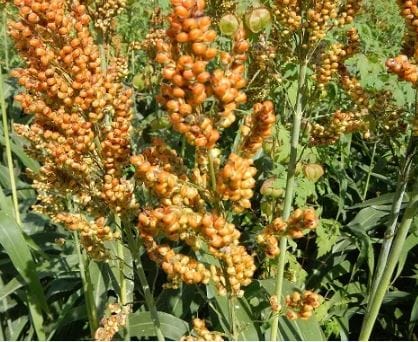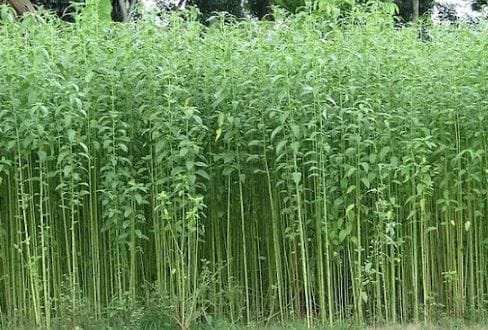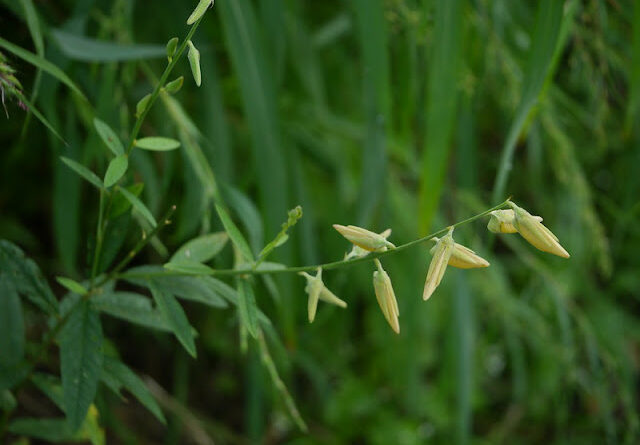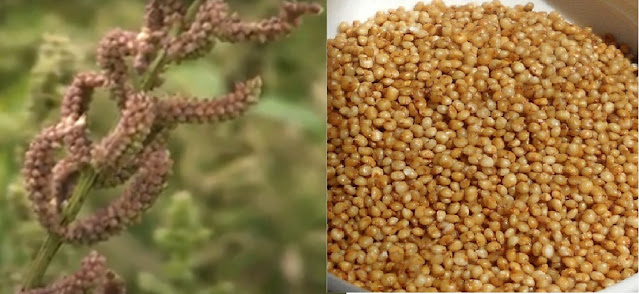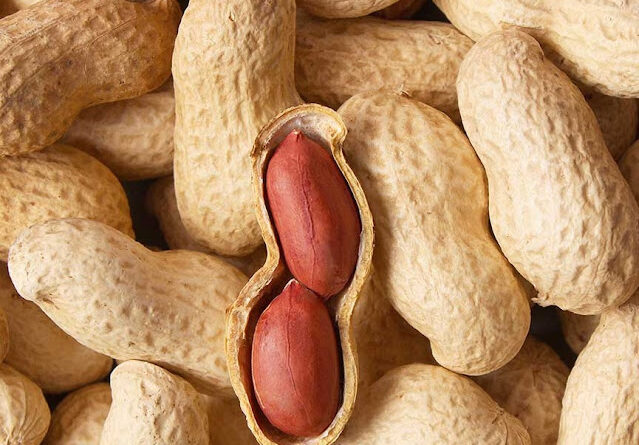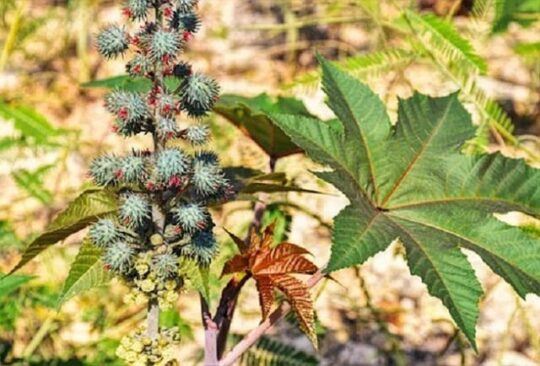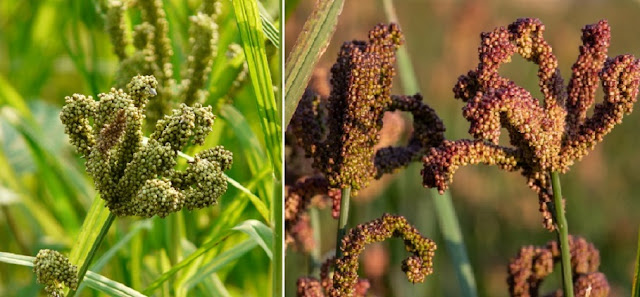Scientific Cultivation of Rice in Chhattisgarh (Hindi)
रोपाई के लिए पौध की उम्र: सामान्यतः जब पौध 25-30 दिन पुरानी हो जाए तथा उसमें 5-6 पत्तियां निकल जाए तो यह रोपाई के लिए उपयुक्त होती है। यदि पौध की उम्र ज्यादा होगी तो रोपाई के बाद कल्ले कम फूटते है और उपज में कमी आती है और यदि पौध की उम्र 35 दिन से अधिक हो गई हो तो उसका उपयोग रोपाई के लिए नहीं करना चाहिए।
Read More
